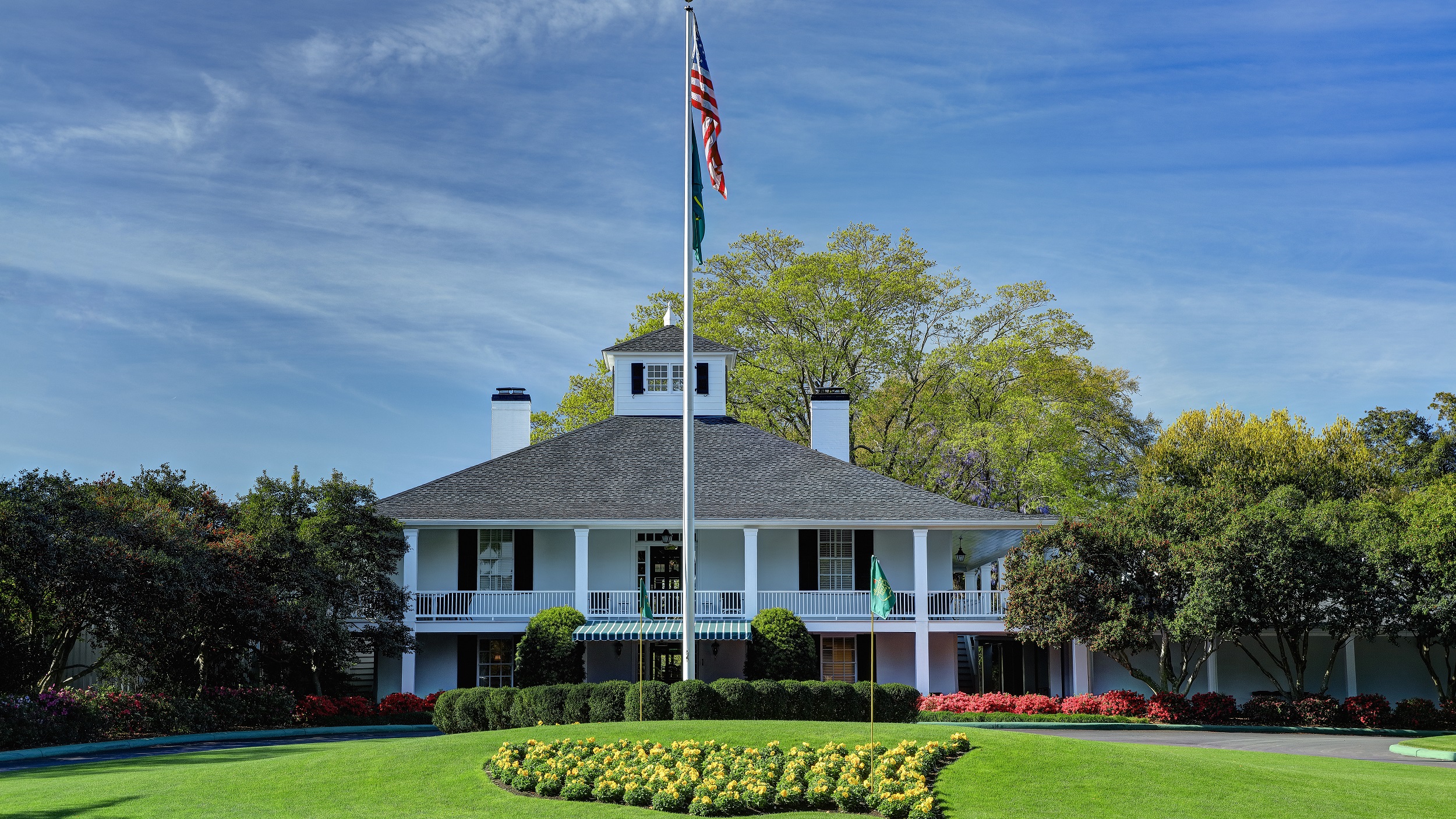
Augusta National Golf Club is home to arguably the most famous and bucket-listed course in the sport.
Outside of its one professional tournament and the closing stage of the Women's Amateur event, it is played by a very limited number people (thought to be fewer than 300) who are a part of its current membership and is presented annually to those watching on TV as a total golfing utopia.
Yet, if history had taken a different path, it might not currently possess such a prominent role in the golfing landscape.
How Many Courses Does Augusta National Golf Club Have?
Every year, Augusta plays host to The Masters and kicks off 'Major season' in the men's game. Of course, it is unique in that the Georgia golf course remains the only tournament of the four prestigious events that never moves away.
And as part of the most traditional week on the golfing calendar, on the eve of the tournament, the par 3 contest takes place. It does so on a bespoke nine-hole layout that measures a little over 1,000 yards.
The perfectly-manicured pair of courses make up Augusta National Golf Club's total structure. It has two, but it could have held double that (and a public driving range) if things had been different.

According to Golf Digest's David Owen - who was given unprecedented access to Augusta National back in the 1990s in order to deliver a comprehensive history of the club and tournament - a second 18-hole course which was designed "specifically for women" was in Clifford Roberts and Bobby Jones' plans.
The idea was that, as soon as the club’s membership passed 1,000, building would begin as the club aimed to appeal to wives of prospective members.
The two co-founders also dreamed up a third nine-hole "approach-and-putt" layout and a mini Augusta National pitch-and-putt course with smaller versions of the club's crowning glory. The initial idea was that visitors would be able to play for a proposed fee of 25 cents.
Meanwhile, course designer, Alister MacKenzie had the unique idea of drawing up plans for a genuine 19th hole (not the kind that plays host to post-round refreshments) which measured out at 90 yards in order to give "the loser... the opportunity of getting his money back by playing double or quits."

Roberts wanted to see an "especially attractive" public driving range built as well as an "interactive golf Hall of Fame."
There was even the thought of adding a horse stable and bridle path as additional recreational options in the club's original plans.
Unfortunately, Augusta - like the overwhelming majority of America at the time - was suffering from financial troubles as a result of the Great Depression and, later, World War Two.
This meant that the club, which was only established in 1930, was never able to act on Roberts, Jones, and MacKenzie's plans - leaving Augusta to ultimately push all of its energy into the famous 7,555-yard course and its little sister that we see today.
The club, which is now one of the most powerful organizations in the global game, continues to buy up surrounding land and build impressive structures, so a second full course may well be in the pipeline at some point in the future. Until then, Augusta National is home to 27 delightful holes of golf.







